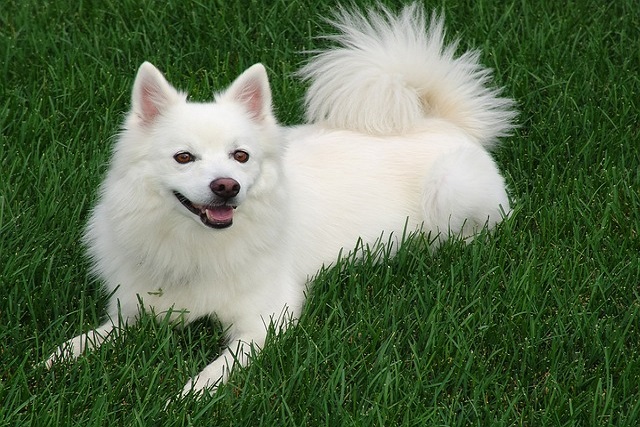
How can I tell if my dog's heatstroke is serious
Let’s be real: It’s a sticky August morning in Los Angeles, and you took your 2-year-old Golden Retriever, Max, for a walk a little later than usual
Picture this: Your dog just rolled in something questionable at the park (again), and you're tempted to make daily baths part of your routine. After all, wouldn't a constantly clean pup be healthier? Here's the surprising truth—washing your dog every day can actually do more harm than good, no matter how much they love digging in your backyard or splashing through city puddles.
Let's start with the science. Your dog's skin has a protective lipid layer that keeps it hydrated and acts as a barrier against irritants. Daily bathing—even with gentle shampoos—strips away these essential oils, leading to dry, flaky skin and a dull coat. Breeds with sensitive skin (like Bulldogs common in Florida's humidity) may develop hot spots or rashes, while double-coated dogs (think Huskies in Colorado) can lose their insulating undercoat's effectiveness. Veterinary dermatologists warn that over-bathing disrupts the skin's microbiome, potentially causing yeast infections or making existing allergies worse.
So how should you clean a frequently dirty dog? For daily maintenance, try these alternatives: Waterless shampoo foams (great for apartment dwellers between full baths), paw wipes for post-walk cleanups (a must in cities where sidewalk de-icers linger), or a simple damp microfiber towel rub-down. If your Lab spends every afternoon at Seattle's dog beaches, rinse with plain water (no shampoo) to remove salt or sand. Reserve full shampoo baths for when they're truly filthy—and always use pH-balanced dog formulas like Burt's Bees or Vet's Best.

Here's where cultural awareness comes in: Many U.S. cities like Austin have leash laws requiring dogs to be under control during baths in public spaces—no letting them shake soapy water onto strangers at the park wash station. And while we're at it, that poop bag dispenser on your leash? Still mandatory even if you're heading straight to bath time. On the training front, never punish a dog for hating baths (those viral "angry chihuahua in tub" videos aren't instructional). Instead, use positive reinforcement: Smear peanut butter on the shower wall or toss treats into an empty tub for voluntary exploration.
Apartment-specific tips: If you're bathing frequently due to small-space living, invest in a high-velocity pet dryer to prevent moisture buildup that breeds mold in tiny bathrooms (a real issue in NYC high-rises). Place non-slip mats in tubs—tile floors become hazard zones when wet. And be mindful of shared laundry rooms; washing dog towels daily can annoy neighbors (opt for quick-dry Turkish cotton instead).
Watch for these red flags if you've been over-bathing: Excessive scratching, a musty odor (sign of microbiome imbalance), or redness between paw pads. If you see these, switch to oatmeal soaks and consult your vet. Remember: Service dogs who need weekly baths for public access get special skincare regimens—don't copy their schedule without professional advice.
The bottom line? Unless your vet recommends otherwise (for medical conditions like seborrhea), stick to bathing every 2-4 weeks. Your dog's natural oils are there for a reason—and honestly, that faint "doggy smell" you're trying to eliminate? It's how your pup's canine friends recognize them at the dog park. Now put down the shampoo bottle and reach for the brush instead—regular grooming between baths keeps coats fresh without the damage.

Let’s be real: It’s a sticky August morning in Los Angeles, and you took your 2-year-old Golden Retriever, Max, for a walk a little later than usual

You're enjoying a summer afternoon at the park when you notice your dog has stopped panting and appears disoriented - their gums are bright red

Let’s paint the picture: You’re in your Denver apartment, watching your 4-year-old Boston Terrier, Ruby, plop down mid-play session with her favorite toy

Many dog owners notice their pets nails seem shorter after regular walks,but how much does this daily activity actually help?The answer depends on where you walk—concrete sidewalks or asphalt streets gently file nails as a dog's paws hit the ground

Most dog owners notice their pup scooting across the carpet at some point, but few connect it to impacted anal glands. These small sacs near a dog’s rectum secrete a scent for marking territory

Most vets agree that regular dog teeth cleaning is key to avoiding painful dental issues later. For healthy adult dogs, a professional cleaning at the vet’s office every 12 to 18 months usually works well.